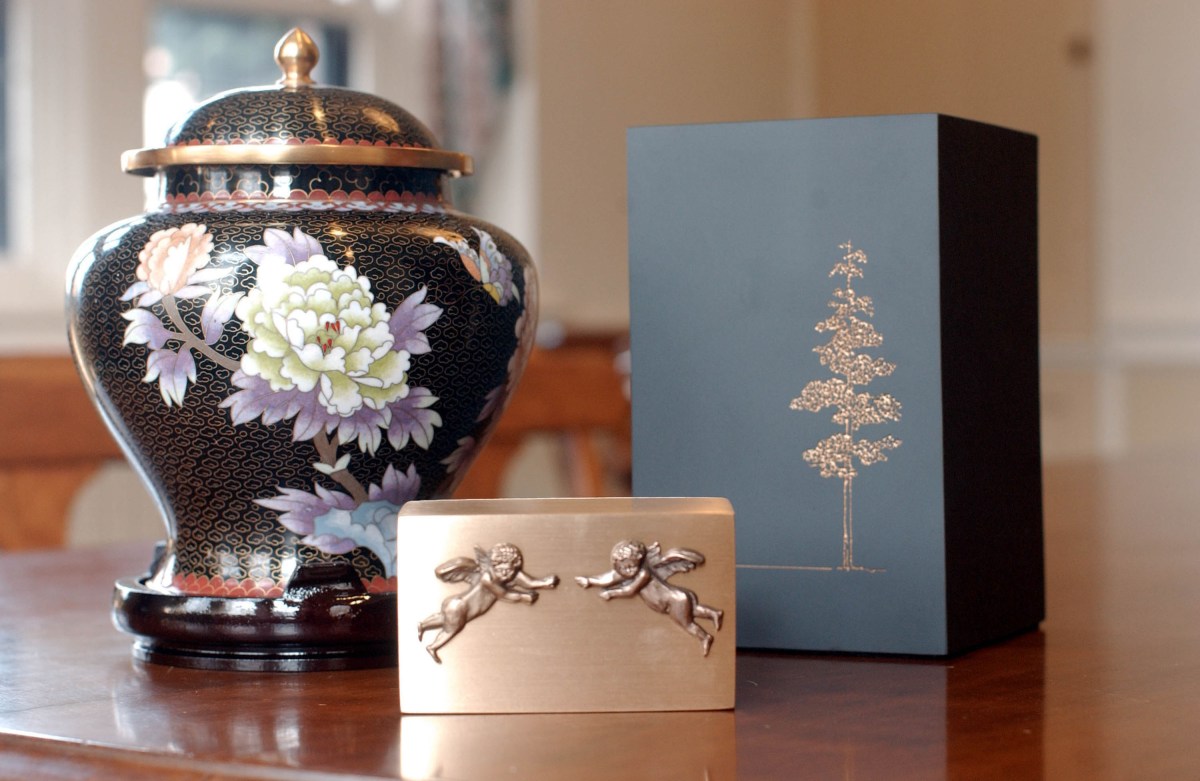A story in The New Republic investigates aquamation, the eco-friendly, water-based process of treating the remains of the dead. The emission-less process is gaining steam, and is now legal in 15 states, but has run into roadblocks from politicians who have complained about the notion of the dead being dissolved into a liquid.
Alkaline hydrolysis, as aquamation is more properly described, works like this: the body is submerged in a high-pressure chamber containing water and lye and heated to just 200 to 300 degrees Fahrenheit. (By comparison, traditional cremation requires burning remains at temperatures between 1,000 and 1,500 degrees Fahrenheit.) In six to twelve hours, the flesh, blood, and muscles dissolve, leaving behind bones and dental fillings, which can be crushed into ash if the family likes.
Despite advocates pointing out that it is a relatively gentle procedure with numerous environmental benefits, politicians have found numerous reasons for objecting. An Indiana lawmaker incorrectly maligned the process for using acid (rather than lye), and several politicians have objected to the idea of “flushing” someone’s remains. Nevertheless, given the rise of other green-friendly death processes, aquamation is likely to become a more conventional option.
Thanks for reading InsideHook. Sign up for our daily newsletter and be in the know.



















